Key Takeaways
Custom fiberglass sculptures designed for outdoor use combine durability with artistic versatility, making them a practical choice for diverse environments. Unlike traditional materials like stone or metal, fiberglass offers exceptional weather resistance, ensuring longevity in rain, snow, or intense sunlight. Its lightweight nature simplifies installation and transportation, reducing costs for gardens, parks, or commercial spaces. These sculptures retain vibrant colors and intricate details even in harsh climates, thanks to UV-resistant coatings and reinforced finishes. Additionally, fiberglass allows for creative flexibility—artists can craft everything from abstract forms to lifelike figures without compromising structural integrity. For businesses, custom designs enhance branding by transforming public areas into engaging visual experiences. Homeowners benefit from low-maintenance artworks that withstand seasonal changes without fading or corrosion. By balancing aesthetics with functionality, fiberglass emerges as a modern alternative to heavier, less adaptable materials, meeting both practical and artistic demands for outdoor spaces.
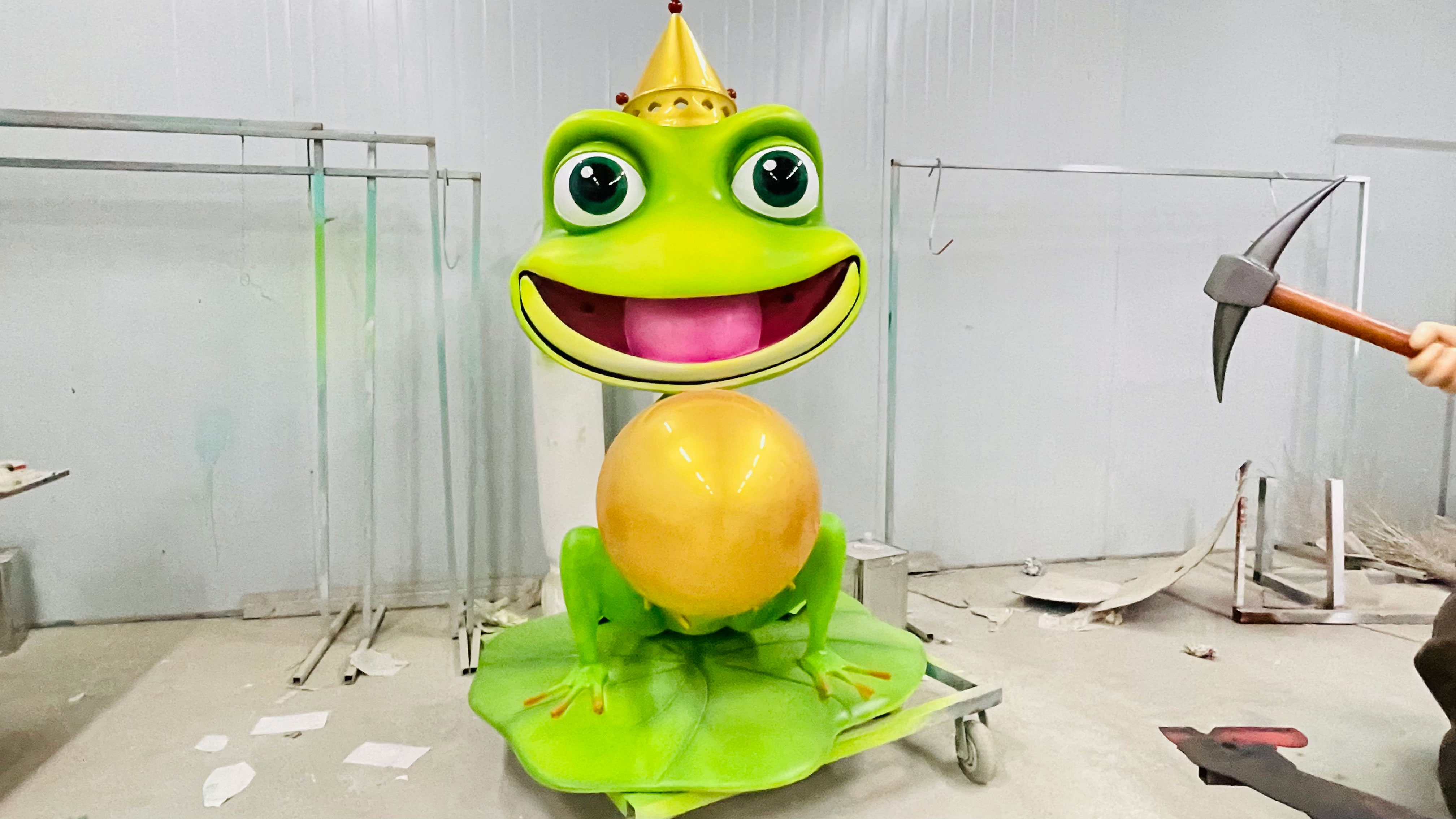
Defining Outdoor Custom Fiberglass Artworks
Outdoor custom fiberglass sculptures are specialized artworks designed to endure environmental challenges while retaining visual appeal. Made from layered fiberglass reinforced with polymer resins, these sculptures combine strength and flexibility. Unlike traditional materials like bronze or stone, fiberglass resists corrosion, moisture damage, and UV degradation, making it ideal for long-term outdoor display.
A key feature is their adaptability. Artists can mold fiberglass into intricate shapes, from abstract forms to lifelike figures, without the weight restrictions of stone or metal. For example, large installations in public parks often use fiberglass to reduce structural stress on supporting surfaces. This versatility extends to finishes—textures can mimic weathered bronze, polished marble, or vibrant painted surfaces.
| Feature | Fiberglass | Bronze | Stone |
|---|---|---|---|
| Weight | Lightweight | Heavy | Very Heavy |
| Weather Resistance | High | Moderate | Low |
| Customization | High | Moderate | Low |
While stainless steel sculpture offers similar durability, fiberglass provides greater design freedom for complex geometries. Its layered construction also allows for hollow interiors, simplifying transportation and installation. This balance of practicality and artistic potential makes fiberglass a preferred choice for bespoke outdoor installations requiring both resilience and creativity.
Benefits of Weather-Resistant Fiberglass Sculptures
Fiberglass sculptures designed for outdoor use offer distinct advantages over traditional materials like bronze, stone, or wood. Their composite structure—layers of glass fibers bonded with resin—creates a durable barrier against environmental stressors. Unlike metal, fiberglass resists corrosion from rain, snow, or saltwater exposure, making it ideal for coastal installations. It also withstands UV radiation without fading, ensuring colors remain vivid for years.
"Fiberglass’s adaptability allows artists to experiment with intricate designs that would be too fragile or heavy in other mediums," notes landscape designer Elena Torres.
The material’s lightweight nature simplifies installation, reducing the need for heavy machinery or structural reinforcements. This feature is particularly valuable for large-scale kinetic sculptures, which rely on balanced weight distribution for movement. Additionally, fiberglass requires minimal upkeep compared to wood, which may warp, or metal, which requires anti-rust treatments. A yearly rinse with mild soap and water is often sufficient to maintain its finish.
For gardens or public spaces, these sculptures can endure temperature fluctuations from -40°F to 180°F without cracking. Their resilience makes them a cost-effective long-term investment, combining artistic appeal with practical durability.
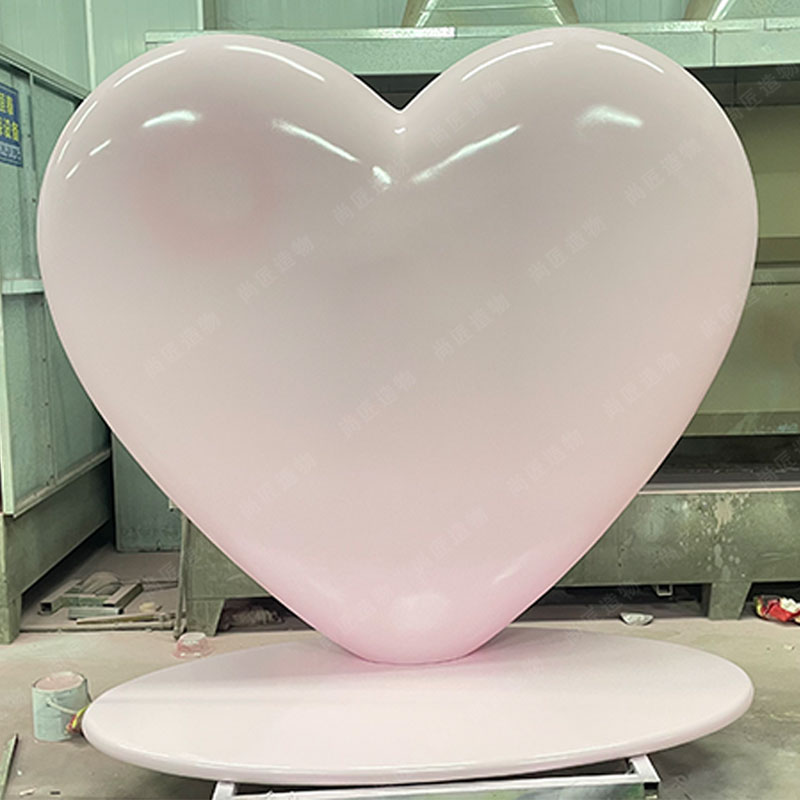
Applications in Gardens and Public Spaces
Custom fiberglass sculptures have become central to transforming outdoor environments, blending artistic vision with functional durability. In gardens, these sculptures serve as focal points, whether mimicking natural forms like twisting vines or introducing abstract shapes that contrast with organic surroundings. Public spaces, such as parks and plazas, leverage their weather-resistant properties to install large-scale installations that endure rain, UV exposure, and temperature fluctuations. For example, Cartoon sculpture designs often populate playgrounds, combining playful aesthetics with fiberglass’s safety for high-traffic areas.
Municipalities and landscape architects favor fiberglass for its adaptability—artworks can be scaled to fit narrow pathways or expansive courtyards without compromising structural integrity. Unlike heavier materials, fiberglass allows for easy relocation, enabling seasonal reconfiguration of spaces. Botanical gardens frequently use translucent fiberglass elements to create light-filtering installations, while urban plazas employ bold, geometric designs to modernize historical settings. This versatility extends to thematic installations, such as wildlife motifs in nature reserves or cultural symbols in civic centers, fostering community identity through art.
As outdoor sculptures transition between private and public realms, their low-maintenance nature reduces long-term upkeep costs—a critical factor for spaces requiring year-round visual appeal.
Custom Sculptures for Commercial Display Use
Businesses increasingly leverage custom fiberglass sculptures to enhance brand visibility and create memorable environments. Unlike static signage, these three-dimensional artworks serve dual purposes: they attract attention while reinforcing corporate identity through unique design elements. For example, retail centers often commission IP character sculptures to align with marketing campaigns, combining playful aesthetics with durable materials suited for high-traffic areas. Similarly, corporate campuses use abstract fiberglass installations to reflect innovation, utilizing the material’s adaptability to achieve complex geometric forms.
The practicality of fiberglass further supports commercial applications. Its lightweight nature simplifies installation in lobbies, rooftops, or outdoor plazas without structural reinforcements, reducing project timelines and costs. Weather resistance ensures year-round durability in exposed locations, from coastal storefronts to urban parks, where traditional materials like bronze or stone may degrade. Custom finishes—such as metallic coatings or UV-stable color layers—maintain vibrancy even under intense sunlight, preserving brand-associated hues. By integrating functional resilience with artistic flexibility, fiberglass sculptures offer businesses a strategic tool to merge aesthetics with long-term value.
Fiberglass vs Traditional Sculpture Materials
When selecting materials for outdoor sculptures, fiberglass offers distinct advantages over traditional options like bronze, stone, or wood. Unlike bronze, which requires frequent polishing to prevent patina buildup, fiberglass sculpture retains its finish with minimal upkeep, resisting corrosion from rain, humidity, and UV exposure. Stone sculptures, while durable, are heavy and challenging to install in uneven landscapes—a limitation fiberglass overcomes through its lightweight composition. Similarly, wooden artworks degrade quickly in damp environments, whereas fiberglass remains stable, avoiding warping or rot.
Cost efficiency further differentiates fiberglass. Casting intricate designs in bronze or carving stone demands significant labor and material expenses. Fiberglass, molded from reusable templates, reduces production time and costs without sacrificing detail. Additionally, its adaptability allows for vibrant, long-lasting colors embedded within the material, unlike painted surfaces on traditional media that fade or chip. While classic materials hold historical prestige, modern fiberglass sculptures provide practical solutions for outdoor durability, customization, and budget-conscious projects. This balance makes fiberglass a preferred choice for gardens, commercial spaces, and public installations requiring resilient yet visually striking art.
Lightweight Design Advantages for Outdoor Art
The reduced weight of fiberglass sculptures offers distinct practical benefits for outdoor installations. Unlike traditional materials like bronze or stone, which can exceed thousands of pounds, fiberglass composites maintain structural integrity at a fraction of the weight. This characteristic simplifies transportation, reduces installation costs, and minimizes the need for heavy machinery—a critical advantage for sites with limited access or delicate landscapes. For instance, realistic sculpture installations in elevated gardens or rooftop spaces often rely on fiberglass’s manageable mass to avoid structural strain.
Additionally, lightweight designs enable greater creative flexibility. Artists can craft larger, more intricate forms without compromising stability, making it feasible to install sweeping arches or dynamic abstract pieces in public parks. The material’s resilience against bending or cracking under stress further ensures longevity, even in high-wind environments. Combined with weather-resistant coatings, fiberglass sculptures retain their visual impact while addressing logistical challenges that heavier materials cannot. This balance of practicality and artistic potential makes lightweight fiberglass a preferred choice for both temporary exhibits and permanent outdoor displays.
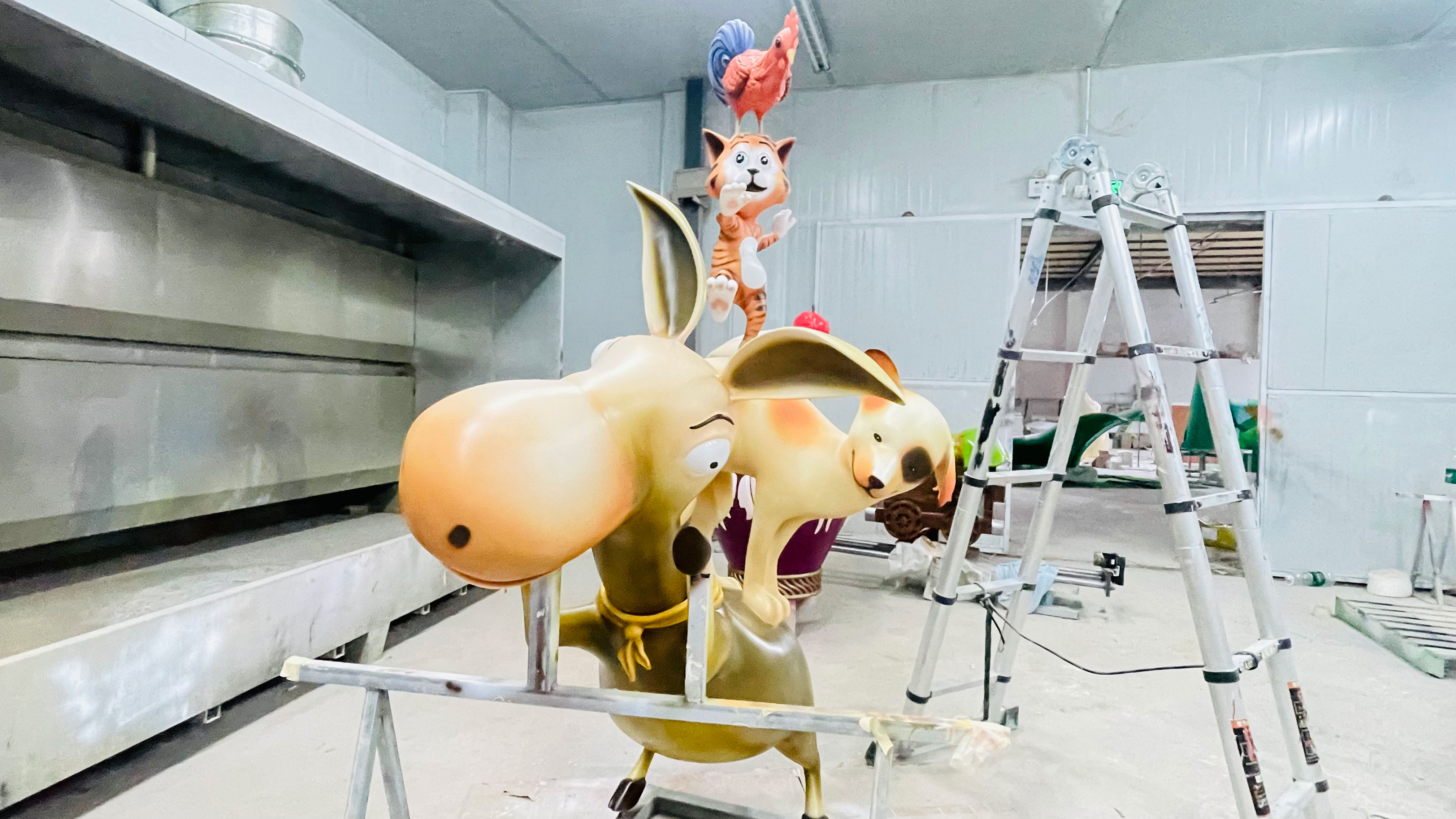
Maintaining Vibrant Aesthetics in Harsh Climates
Outdoor fiberglass sculptures retain their visual appeal in extreme weather through specialized manufacturing techniques and advanced material science. Unlike traditional materials that degrade under UV exposure or moisture, fiberglass sculptures incorporate UV-resistant gel coats and industrial-grade sealants. These layers act as barriers against fading, cracking, and corrosion, ensuring colors stay vivid for years. For instance, pigments mixed directly into the resin during production prevent surface peeling, while periodic polishing removes environmental contaminants without damaging the finish.
Engineered drainage channels within hollow designs prevent water accumulation, reducing risks of mold or structural weakening. In coastal areas, where salt spray accelerates wear, additional anti-corrosion treatments are applied to metal reinforcements. Maintenance remains minimal—simple cleaning with mild soap and water preserves the sculpture’s luster. By combining durable materials with proactive design features, these artworks withstand temperature fluctuations, heavy rain, and intense sunlight without sacrificing their artistic integrity. This resilience makes them ideal for regions with unpredictable climates, where aesthetics and longevity are equally critical.
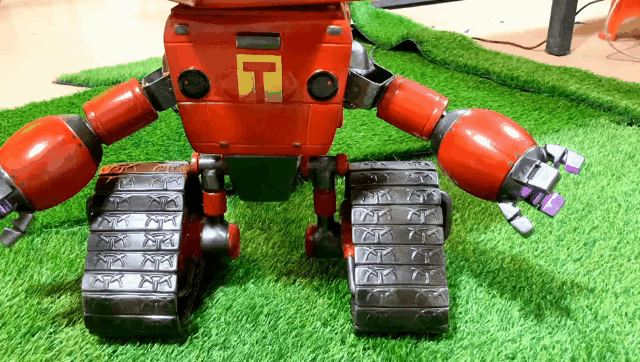
Creative Possibilities for Custom Outdoor Sculptures
Fiberglass offers unparalleled flexibility for artists and designers seeking to push boundaries in outdoor installations. Unlike rigid materials such as stone or metal, fiberglass composites can be molded into intricate organic curves, geometric abstractions, or lifelike figurative forms. This adaptability allows for site-specific designs that harmonize with architectural features, natural landscapes, or thematic narratives. For example, undulating wave-like structures might complement waterfront areas, while abstract kinetic sculptures could enhance modern urban plazas.
The material’s compatibility with advanced finishing techniques further expands creative potential. Textured surfaces resembling weathered bronze or polished stone can be achieved without sacrificing fiberglass’s inherent durability. Color retention technologies enable vibrant hues to endure UV exposure, supporting bold artistic statements in sun-drenched environments. Commercial clients often leverage these properties for branded installations—scaling corporate logos into three-dimensional landmarks or embedding cultural motifs into public art projects.
By balancing artistic vision with practical resilience, fiberglass empowers creators to transform unconventional ideas into enduring outdoor features. Its lightweight nature also simplifies the installation of large-scale works, from towering abstract pieces in botanical gardens to interactive installations in playgrounds.
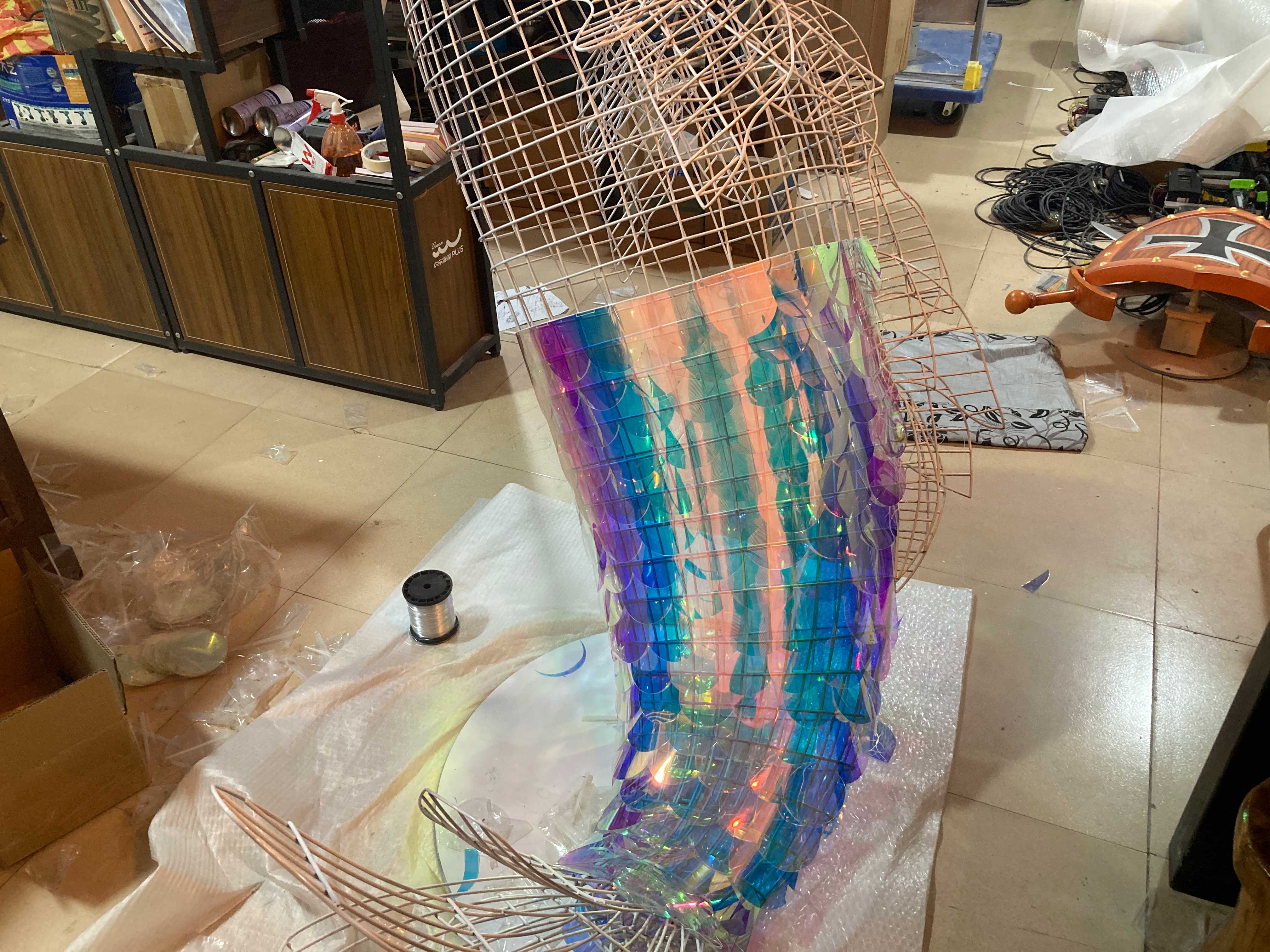
Conclusion
Custom fiberglass sculptures for outdoor use represent a modern solution for blending artistry with environmental resilience. Their unique combination of durability, lightweight construction, and adaptability makes them a practical choice for diverse settings, from private gardens to high-traffic commercial spaces. Unlike traditional materials like stone or metal, fiberglass resists corrosion, UV damage, and temperature fluctuations, ensuring long-term structural integrity without sacrificing visual appeal. The versatility of this medium allows artists and designers to experiment with intricate shapes, vibrant colors, and large-scale installations that remain manageable to transport and install. For property owners and landscape architects, these sculptures offer a balance between creative expression and functional design, capable of withstanding decades of exposure to rain, wind, and sunlight. As urban and residential spaces increasingly prioritize both aesthetics and sustainability, fiberglass continues to emerge as a forward-thinking material for public and private art projects alike.
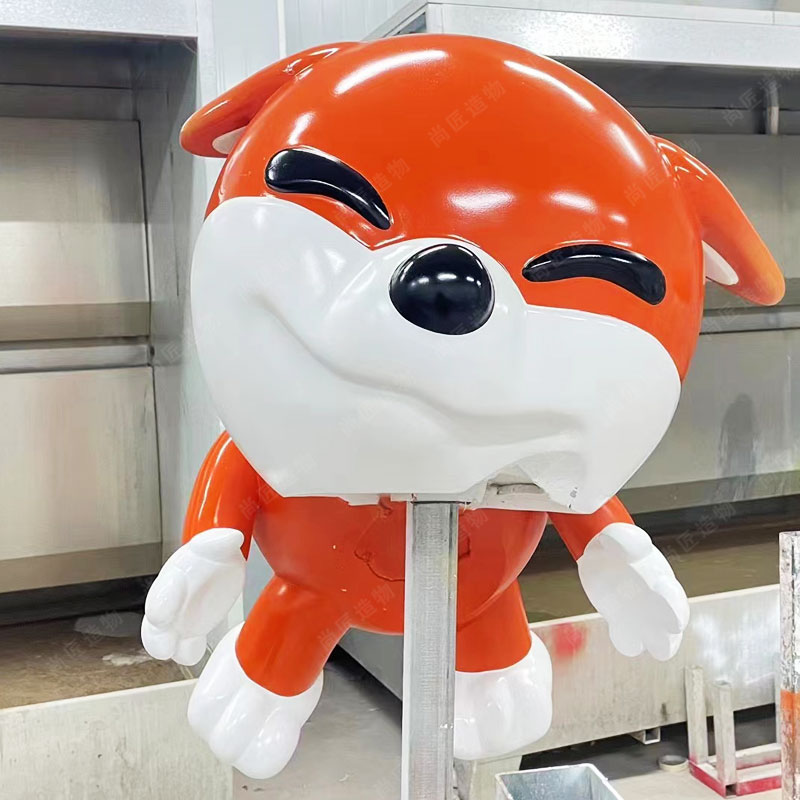
Frequently Asked Questions
How durable are custom fiberglass sculptures for outdoor use?
Fiberglass sculptures excel in durability due to their resistance to corrosion, moisture, and cracking. Unlike wood or metal, they won’t rust or rot, even when exposed to heavy rain, snow, or UV rays. Reinforced resin layers ensure structural integrity for decades.
Do these sculptures require special maintenance?
Minimal upkeep is needed. Periodic cleaning with mild soap and water removes dirt, while a protective wax coating every 2–3 years preserves the finish. Unlike bronze or stone, fiberglass won’t develop patina or degrade from seasonal temperature shifts.
Can fiberglass sculptures withstand high winds?
Yes—their lightweight design reduces wind resistance, making them less prone to tipping. For added stability, installations often include anchored bases or weighted foundations. This adaptability makes them ideal for open landscapes and coastal areas.
Are color finishes long-lasting in harsh climates?
Advanced gel coatings and automotive-grade paints are used to lock in vibrancy. These materials resist fading from sunlight and chipping from temperature fluctuations, ensuring colors stay bold in deserts, tropics, or snowy regions.
How customizable are fiberglass sculptures compared to metal or stone?
Fiberglass allows intricate shapes, textures, and sizes that are cost-prohibitive with traditional materials. Artists can replicate fine details like flowing fabrics or organic patterns, and finishes can mimic bronze, copper, or natural stone.
Are they suitable for commercial spaces like hotels or parks?
Absolutely. Their combination of durability and visual impact makes them popular for entrances, courtyards, and interactive displays. Businesses often commission branded or thematic pieces to enhance visitor experiences without worrying about frequent replacements.
This blend of practicality and artistic flexibility positions fiberglass as a modern solution for enduring outdoor art.
 ch
ch English
English






